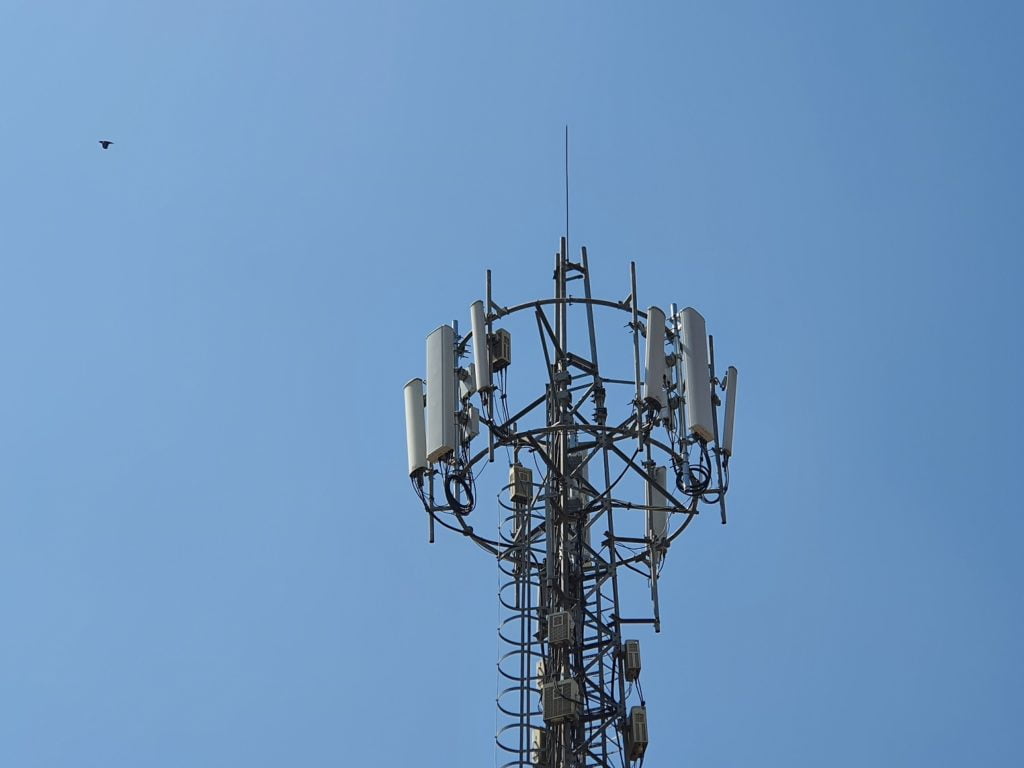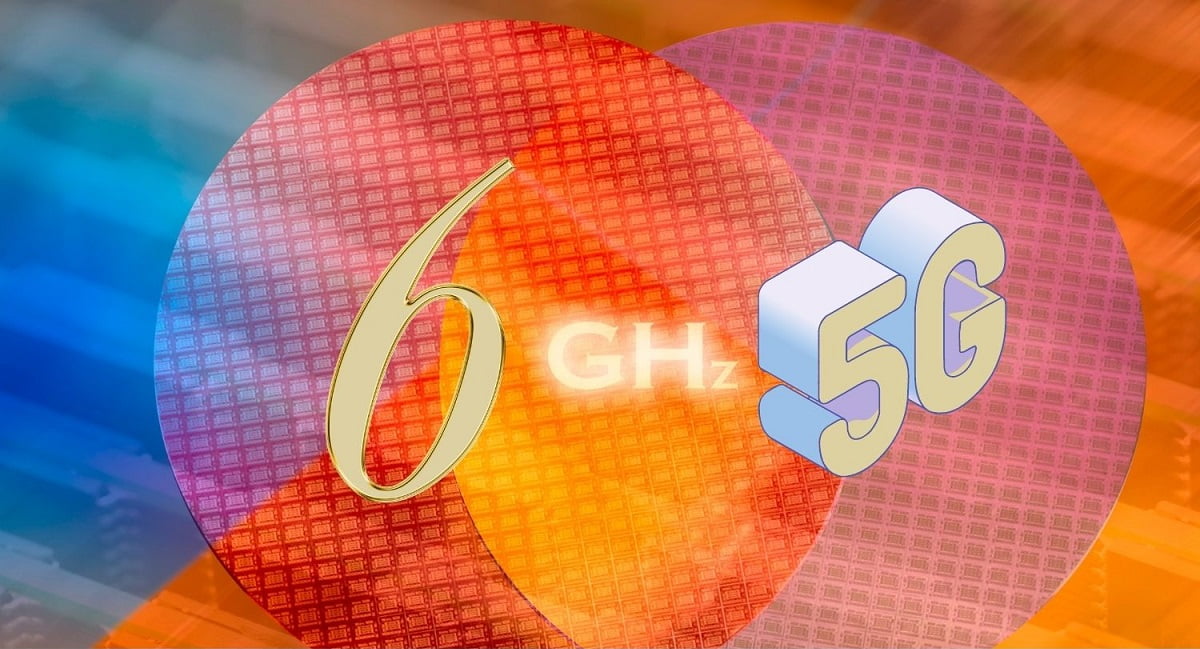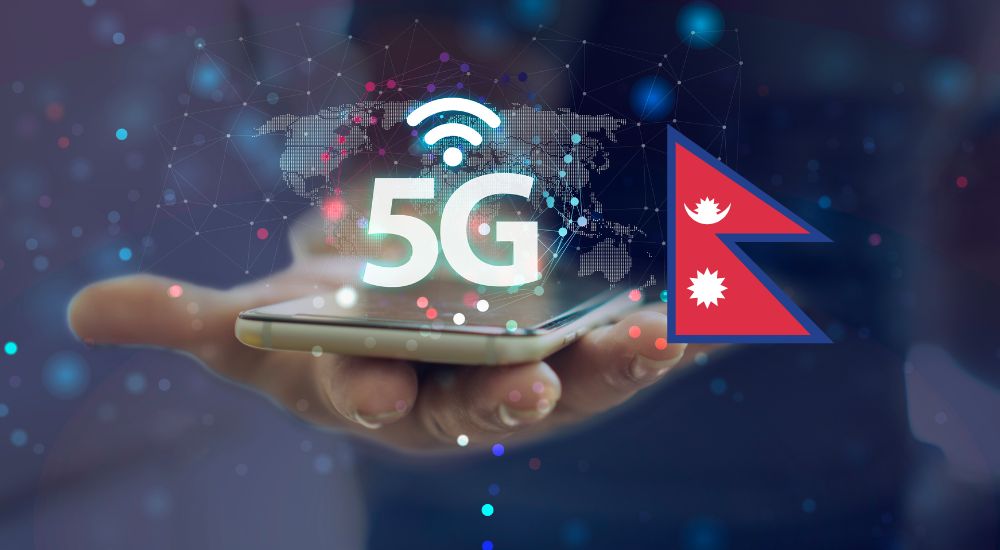The 3rd Generation Partnership Project (3GPP) has completed the standardization of the upper 6 GHz spectrum for 5G. This happened at the 3GPP RAN#96 plenary meeting held from June 6 to 9.
The upper 6 GHz spectrum (U6G, 6425–7125 MHz) is now defined as an IMT licensed band for NR, numbered n104, as part of Release 17.
3GPP has approved the RF specifications of this band for both network and user equipment. This helps provide a standard basis for the industry to develop products, particularly for this spectrum.
Besides, a resolution was introduced for the continuation of efforts to specify the entire 6 GHz band for International Mobile Telecommunications IMT as part of Release 18. This marks a major milestone in marking ht entire 6 GHz band as an IMT licensed band.
Do read: WiFi 6E, the new Wi-Fi after 20 years
Mid-band 6 GHz is pivotal to digital transformation
Mobile communications have become an undeniable pillar for a country’s economic growth and digital transformation. Sustainable development of the mobile industry is also key to digital transformation.
GSMA has been urging countries to release a 2 GHz mid-band spectrum by 2025 – 2030. This, the association says is to help realize the vision of 5G data rates the ITU has foreseen.
Meanwhile, the 5925 MHz to 7125 MHz 6 GHz spectrum remains a crucial part of the mid-band spectrum. These allow operators to provide advantages of low bands in coverage and high bands in the capacity of data rates. With these bands, telcos can offer widespread 5G high-bandwidth at a low per-bit cost. This helps promote continuous 5G growth and accelerate digital transformation.
Also read: Partitioning 6 GHz Band in the Asia Pacific for Economy
Global efforts accelerate ecosystem development of the U6G
The standardization of U6G as a new IMT band was complete half a year after the initiation by 3GPP at a RAN plenary meeting on December 17, 2017.
This became possible thanks to the collaboration of global operators, gear and chip vendors, and industry partners.
Besides, this also shows the mobile industry’s desire to promote U6G as an IMT band. The U6G band will now promote the industry chain to develop mobile networks, devices, and ecosystems. As for now, field tests on the 6 GHz IMT have begun. This makes it possible to implement the 6GHz IMT’s pre-commercial deployment by 2025.
WRC-23 is vital for 6 GHz to rise as a global IMT band
The next World Radio communication Conference (WRC) is taking place in 2023. It provides a golden opportunity for governments to coordinate 6 GHz strategies and discuss how to develop the telecom ecosystem globally.
The mobile industry has achieved consensus on how U6G can serve IMT. A resolution was made at WRC-19 to designate AI 1.2 to U6G IMT in WRC-23.

Increasingly, more countries and regions now recognize the importance of 6 GHz to sustain the mobile industry’s growth.
In a similar vein, more countries will join hands to promote U6G as a global IMT band to accelerate digital transformation.
The 6 GHz spectrum is a vital resource to realize the transformative vision of 5G. The whole industry is now realizing and seeks to accelerate its deployment across the states.













